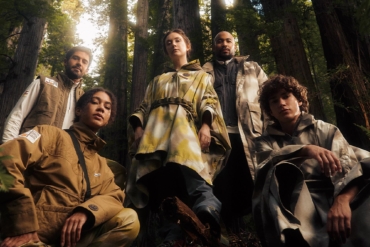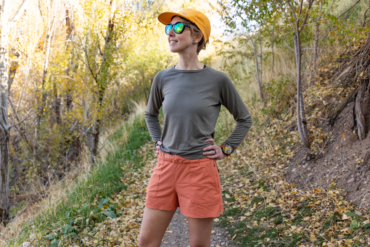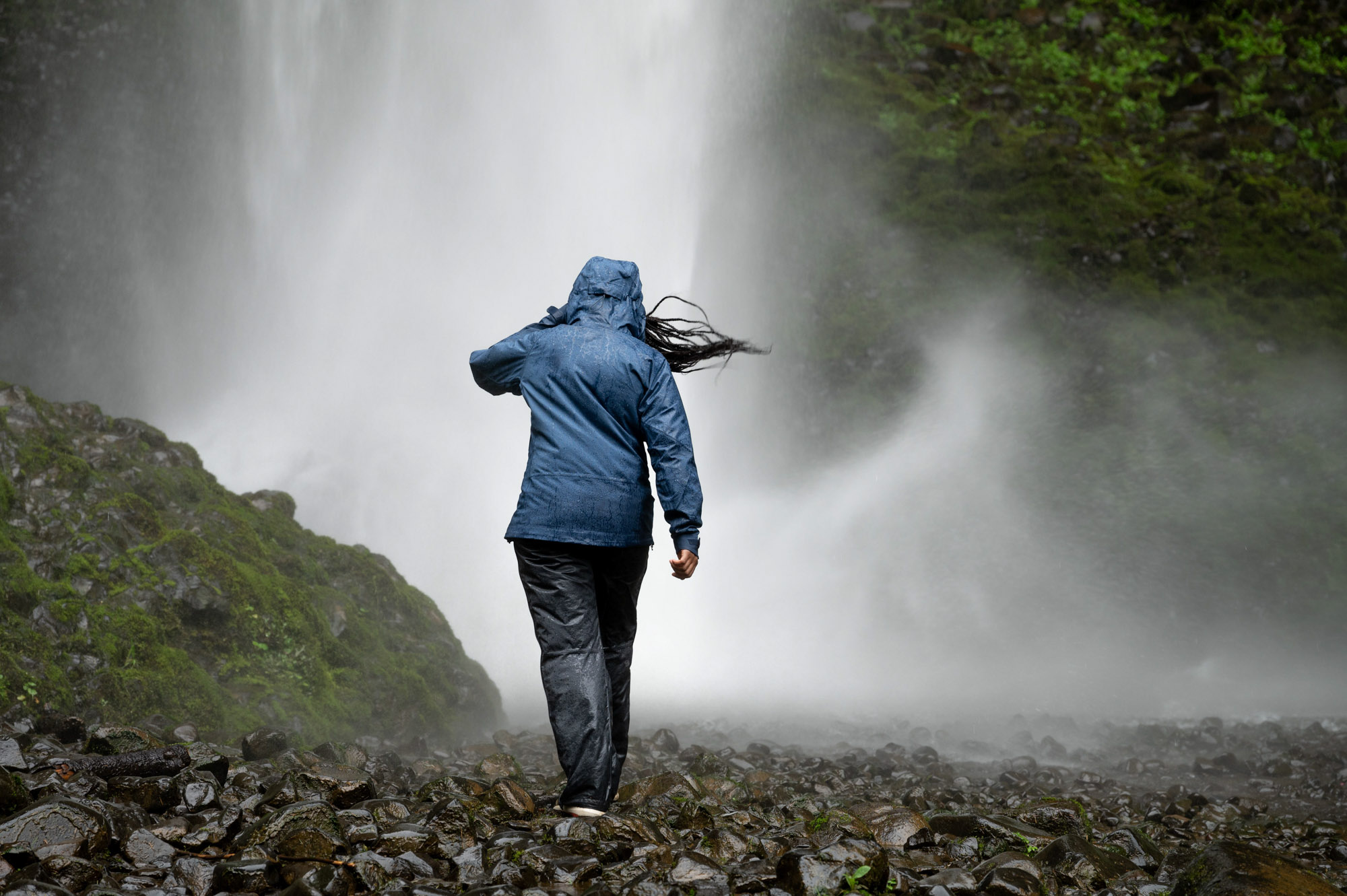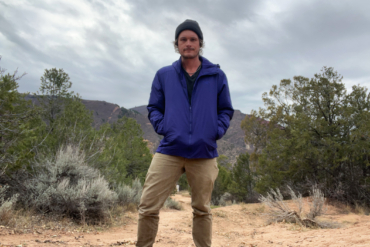Top photo: Mariko Wilkinson gets hosed down after working mud flats at an oyster farm
Known for its outdoor recreation products, this spring Patagonia adds hefty waterproof apparel to its workwear line. The Hose-Down jacket and bibs aim to protect people working in gnarly conditions from hazards like wind, grime, water, mud — and blood.
Patagonia as a brand evokes thoughts of ski slopes and alpine peaks. But this spring, mud flats, farms, and fishing vessels are the proposed venues for Patagonia’s newest outerwear line.
Patagonia launched the Hose-Down Slicker line last month because it saw a need to “build product to support folks who are doing the good and dirty work around the world.”
It’s an eyebrow-raising new product from a brand that has never shied away from the spotlight. The burly workwear commercial anglers use, for example, tends toward heavy waterproof PVC bibs and jackets by brands like Grundéns. A step up from Grundéns, Helly Hansen offers the Gale Rain Bib pants for $80 and the Storm Rain Jacket, made with PVC and polyester, for $135.
Is there room for improvement in the category from an outside player? Watching the video below, there’s little doubt that Patagonia is targeting the hardworking commercial-fishing market.
Patagonia Workwear: PVC Alternative
Patagonia’s bibs and slicker are lighter in weight than the PVC designs that dominate maritime commercial apparel. Marketed as “only half the weight of their PVC equivalents,” the Patagonia Hose-Down Slicker Jacket ($179) weighs about 23 ounces. This puts it in the same realm as a waterproof-breathable ski jacket.
The Hose-Down Slicker Bib Overalls ($119) weigh about 20 ounces. The bib pants have suspenders and extend to the chest.
Both are fully waterproof and impermeable for the “grimiest, slimiest, and muckiest tasks,” Patagonia notes.

Beyond weight, these work pants and jacket have a lot in common with more traditional slickers. They are made to be hosed down at the end of a day on a crab boat or on the dock after fishing off an Alaskan coast. And while we haven’t tested them, they should prove durable.
Patagonia Workwear: Worth the Price?
With the weight savings comes added cost compared to shells from brands like Grundéns. Patagonia’s workwear, not surprisingly, costs about twice as much (although far less than much of the company’s outdoor and sporting apparel).
But for those who spend hours and hours on their feet in tough conditions, significant weight savings in apparel could lead to better comfort and possibly higher productivity with less fatigue.
Patagonia said the material — ripstop nylon with an impermeable TPU laminate — is similar to that used on its renowned Black Hole Duffels. Those big, burly packs have proven themselves extremely durable during untold thousands of airline miles and expeditions. So it stands to reason that it should hold up during the rigors of hard, messy work.
Unlike Patagonia’s technical apparel for sports, they do not breathe. But the Hose-Down line does have a roomy fit for “full freedom of movement and pulls on easily over bulky layers,” the company notes.
Features are minimal. The job is protection from rain, mud, and fish guts. The jacket has snap closures and a fixed hood with a drawcord. Wrist gaskets keep dirt and moisture out of the sleeves.
Rubber boots slip under the bibs; a hook adjustment on the ankle cuff cinches it tight. Adjustable suspenders keep the orange slicker pants hiked high.
We haven’t tested any of this Patagonia kit, but we’re curious if it can make a dent in the commercial work world. Look to the Patagonia workwear line if you’re serious about getting dirty outdoors, and then cleaning up with a hose at the end of the day.










